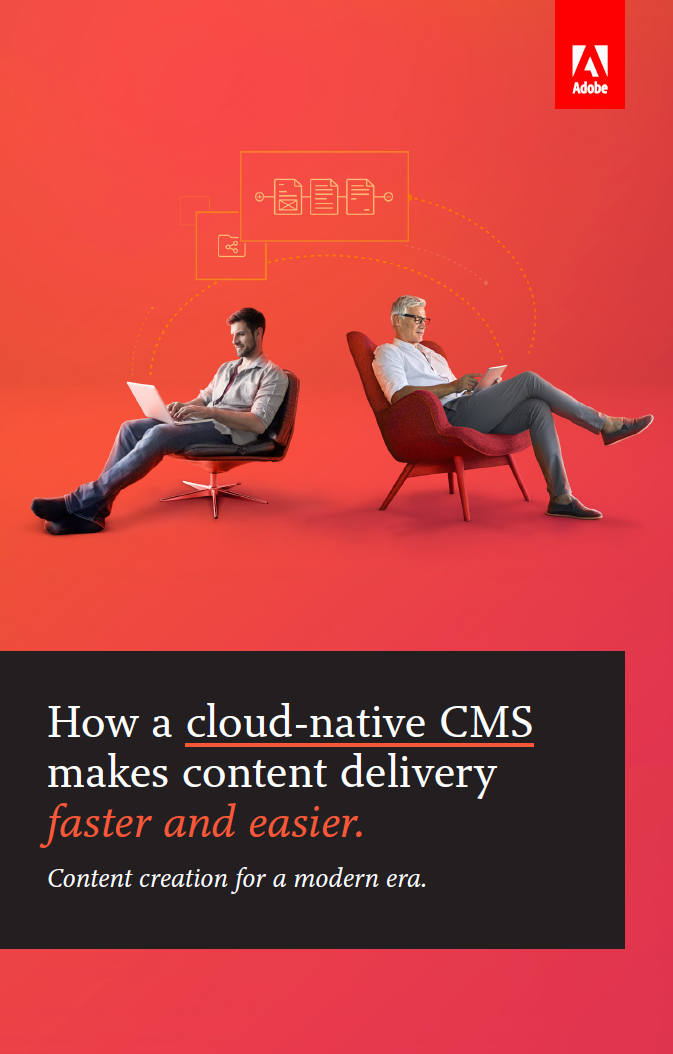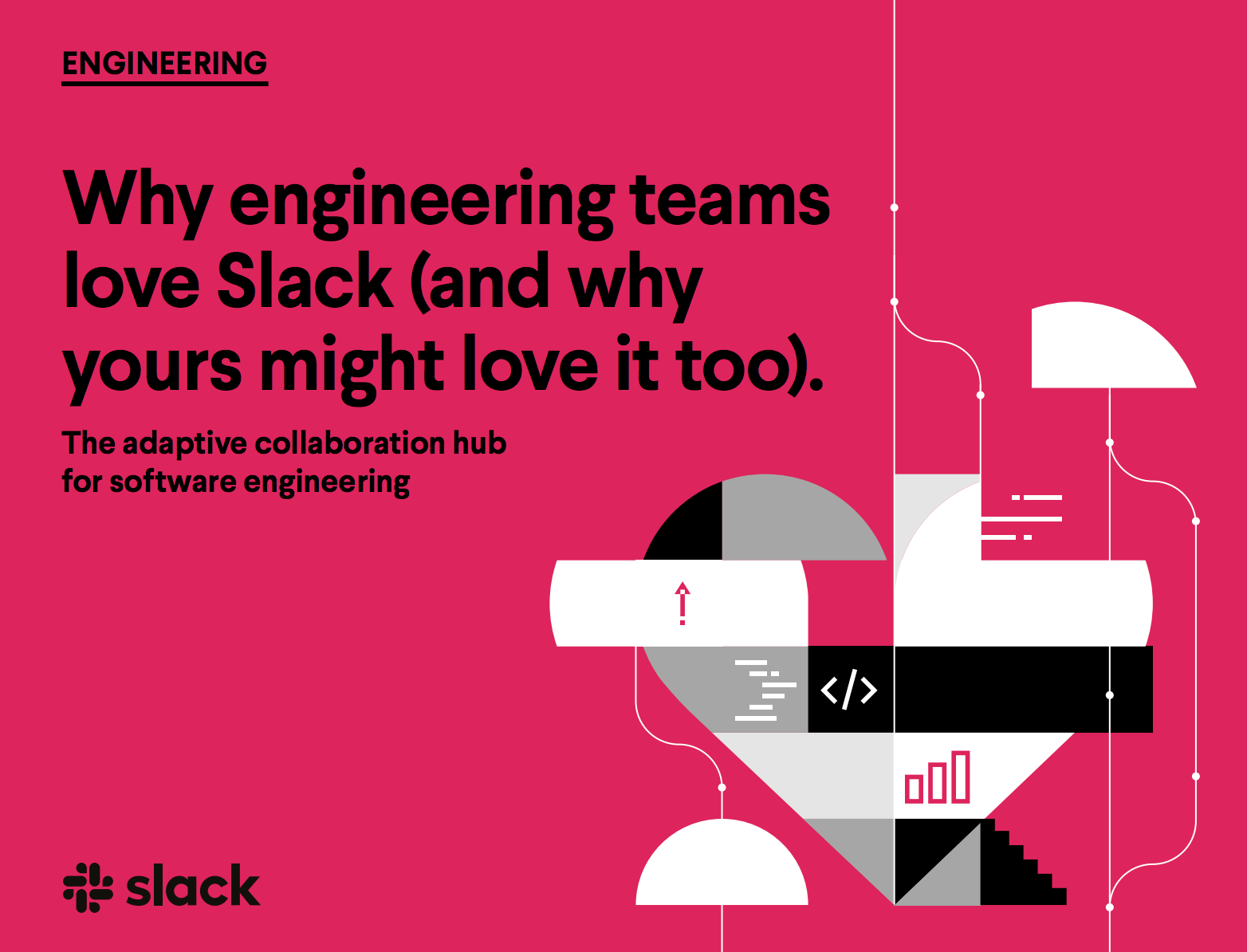What is enterprise content management?
Drowning in digital assets? The right software can help you stay on top of your data

Enterprise content management (ECM) may sound like a repackaging of a long-established business tool, the content management systems (CMS), but it’s not.
A regular CMS is typically used to keep a website fresh, which means it’s all about what’s new: your audience is interested in what’s happening today, not yesterday. ECM tackles the other end of the attention-span spectrum, as it relates to storing items with a long, useful lifespan, or which need to be retained for regulation and reference reasons. This means it needs a different design philosophy – one that’s ready for the day in the far future when today’s trivial edit turns out to be the pivotal statement at the heart of a billion-dollar lawsuit.
RELATED RESOURCE

How a cloud-native CMS makes content delivery faster and easier
Deliver the experiences your customers expect by moving to a modern, cloud-native content management foundation
ECM systems are used to manage more than standard text files. Modern company data can easily include videos, CAD pictures or even algorithms. One client I’ve worked with regularly handled drawings of oil tankers, as part of the documentation for a particular contract. Some digital assets might even exist solely in long-defunct file formats, which can only be accessed by maintaining a complete fossil operating system in a virtual machine – and yes, that too needs to be managed.
An unnecessary security risk?
If you’re worried about losing data, your enterprise repository ought to be read-only, and both you and your CMS provider ought to be keeping both backup and frozen-archive copies of everything. As for hacking, most ECM systems are just too unwieldy for intruders to digest; if it’s big enough to be in this delivery platform, it’s going to be expensive to extract much value out of it.
The two are related. “Intelligent information management” (IIM) means appraising your digital asset mass and being intelligent about what you get back out of it. Admittedly, that’s a can of worms these days, because while “intelligent” ought to mean transparent and auditable, many decision-makers are AI fans, and prefer their conclusions with a whiff of godlike inscrutability about them. Either way, you can think of ECM as the mechanism that feeds your IIM processes.
ECM doesn’t mean holding onto every scrap of data forever – even if big data advocates might suggest you should do that regardless. Most of the questions you’re likely to ask of an ECM system will, in any case, be time-limited – not by your reserve of cloud credit, but by market conditions, which tend not to last as long as the computers and databases that represent them. Smart asset management can call for an ice sculpture-type approach; shave away what you don’t want to expose what you do want.
A tool for companies big and small
The question might not be how little your business is, but how digital it is – and who it transacts with, because that will leave a footprint in any number of external digital asset platforms. If you’re just starting out down the ECM path, perhaps the most important lesson comes from BT, which has a person in charge of saying “no” to data-search requests and the like that would be too onerous or time-consuming. Building such a role into your own plans could save you a lot of worry and expenditure in the future.
Sign up today and you will receive a free copy of our Future Focus 2025 report - the leading guidance on AI, cybersecurity and other IT challenges as per 700+ senior executives
ECM use cases
Like most good things, ECM systems require an investment of both time and money. Therefore the first step towards deploying one is to identify whether it’s actually needed. Is your business concerned with complying with government or industry-specific regulations? If so, chances are an ECM tool would be useful.
Use cases can then be explored in order to further justify the investment, with a deep-dive into the basics of what an ECM system has to offer surfacing benefits in addition to ensuring compliance.
For instance, ECM systems are a mobile and remote workforce enabler, supporting wider digital transformations. Content management tools often support hybrid cloud deployments. Sensitive information is stored on-premise, with everything else easily accessible in the cloud. Choosing a hybrid ECM deployment gives enterprises security and control while getting all the benefits of the cloud.
At their core, EMC systems offer basic file sharing and library services that allow users with certified permissions to access repositories. A repository can be created, read, updated, or even deleted. Comprehensive user authentication allows documents to be shared across the system with ease and the knowledge that only the correct eyes are privy to the information they contain.
-
 Trump's AI executive order could leave US in a 'regulatory vacuum'
Trump's AI executive order could leave US in a 'regulatory vacuum'News Citing a "patchwork of 50 different regulatory regimes" and "ideological bias", President Trump wants rules to be set at a federal level
-
 TPUs: Google's home advantage
TPUs: Google's home advantageITPro Podcast How does TPU v7 stack up against Nvidia's latest chips – and can Google scale AI using only its own supply?
-
 Enterprises are doubling down on IT optimization strategies – and it’s delivering huge financial returns
Enterprises are doubling down on IT optimization strategies – and it’s delivering huge financial returnsNews Organizations that have cracked IT cost optimization and innovation reap the rewards both financially and in terms of time to market.
-
 Unlock the potential of LATAM’s booming crypto market
Unlock the potential of LATAM’s booming crypto marketwhitepaper Strategic pathways for crypto companies looking to expand into Latin America
-
 The online cash revolution
The online cash revolutionwhitepaper Why adding eCash to the checkout unlocks more growth
-
 How payments support the growth of software platforms
How payments support the growth of software platformswhitepaper Discover how Paysafe can help drive the growth and success of your software platform
-
 Appian wants to be the AI company for AI skeptics
Appian wants to be the AI company for AI skepticsAnalysis The firm outlines its AI strategy at Appian World 2023 while using ChatGPT and Midjourney to create scripts and imagery for keynote presentations
-
 What you need to know about the new features coming to Microsoft Teams Premium
What you need to know about the new features coming to Microsoft Teams PremiumNews Teams Premium will see users granted a range of exclusive tools to improve workflow and collaboration
-
 Small businesses lament Sage's monthly subscription changes amid rising costs
Small businesses lament Sage's monthly subscription changes amid rising costsNews A number of small businesses have raised concerns that changes to software subscriptions could impose a heavy financial toll
-
 Why engineering teams love Slack
Why engineering teams love SlackWhitepapers The adaptive collaboration hub for software engineering